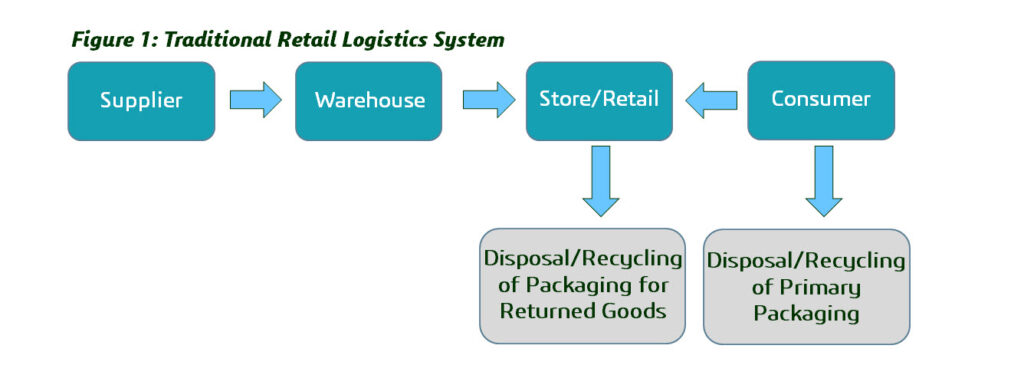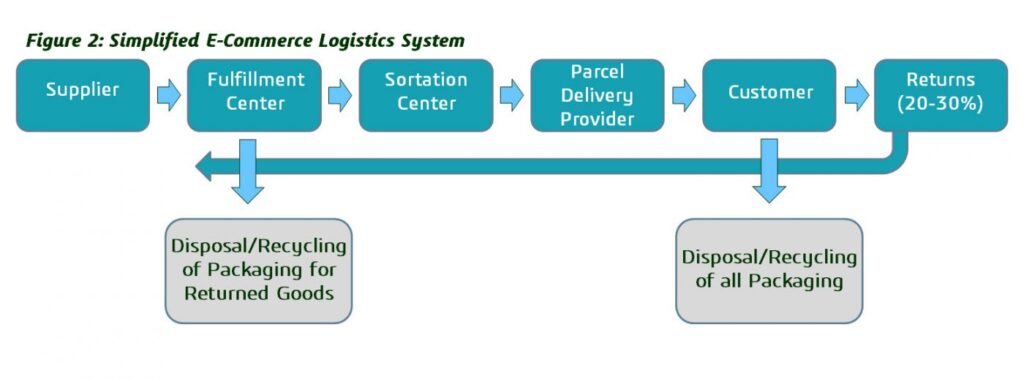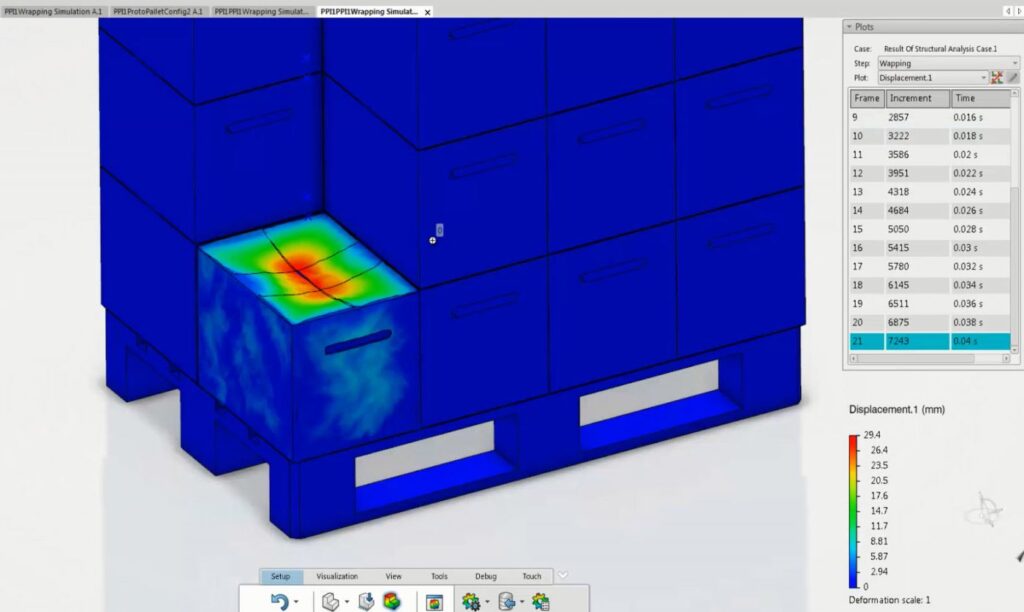
This post originally appeared in the Navigate the Future blog.
Fast delivery and fulfillment is important to customers, but it means nothing if orders arrive damaged. Let’s face it, it costs money for customer service reps to process angry calls from customers and now they’re experiencing the frustration and anxiety of needing to return a product. Product returns are a customer experience nightmare, costing time/money and possibly a lifetime customer. And, there’s no way to put a price tag on the amount of positive publicity that’s lost when an angry customer warns their friends and family members not to shop with the negligent retailer.
The Costs of E-Commerce Logistics
E-commerce sales are rapidly growing, on pace to grow a cumulative 88.4 percent between 2014 and 2018. (AMERIPEN Whitepaper Jan 2017). As this channel grows so does the need for product returns. This is a ticking time bomb as Retail returns hit $260B last year in North America and growing (CNBC Dec 2016). To complicate matters even more, the rate returned merchandise from E-commerce transactions can be as high as 30%, compared to just 9% for traditional Retail. That means E-Commerce requires additional investment into more complex reverse logistics and reusable packaging. (AMERIPEN Whitepaper Jan 2017). Companies must adapt and realize that the Journey to the Door is different than the Journey to the Shelf. In a traditional value chain to a brick-and-mortar Retailer, there are typically 5 major touch points:

In the new world of E-commerce enabled value chains, the customer now replaces the retailer as the focal point of the supply chain and a far more complex logistical process must be followed to deliver products to the end user’s door. This engages more service providers and processes, resulting in significantly more touch points than the traditional retail environment. Products are handled an average of five times in a traditional retail supply chain, as handling is highly mechanized with the use of pallets and forklifts. “In the e-commerce network, products tend to be handled manually and may potentially be handled 20 times or more.” (Walt Peterson (Nestlé) Presentation for AMERIPEN at PackExpo 2016).

Packaging – the Equalizer for E-Commerce
Vendors may be have a “direct to consumer” business model, or rapidly growing ecommerce sales channels. Regardless, they have immediate needs to package and ship products with safety and quality in mind. Traditional shipping and logistics product specs may not meet the needs of E-commerce journeys to the consumer’s door, and inadequate packaging can be a source of undue product returns and unsatisfied customers. There are new emerging standards on packaging for E-commerce from major shipping companies like Amazon, UPS and FedEx. They are typically defined around current and changing ISTA (International Safe Transit Association) shipping standards.
- Are your customers following E-commerce global standards when it comes to UPS, FEDEX and Amazon?
- Many packaging components must change to address these new shipping standards and today the only method available is to test a single use case by physical test methods .
What if there was a way to better understand the dynamic nature of packaging requirements on the Journey to the Door? What if you could virtually test these dynamic touch points and understand the complexity of all the interrelated packaging and how it performs?
Using insilico(computer based)/virtual dynamic test methods you can look at multiple design parameters and optimize packaging costs, the weights of packaging, safe and quality materials, while cutting packaging development in half. Virtual testing enables designers to simulate how a new package design will behave at every stage of its lifecycle, resulting in lower costs, improved sustainability and faster time-to-market. It creates a common platform for packaging and manufacturing engineers to optimize designs significantly faster than just physical testing. Manufacturing engineers can also analyze a holistic package to make sure it can be made, packed and shipped in the most efficient way as well as lowering the total weight which decreases both transportation costs and carbon emissions.

E-commerce growth is driving products to the doors of consumers with a more complex value chain that is changing the need for product design in this channel. There is an opportunity to get in front of this growing problem of redeveloping packaging but it will require new approaches to solving these complex problems. Take the next step in your E-commerce strategy by investing in the right packaging modeling and simulation capabilities.
For more information on Dassault Systèmes’ industry solution experiences such as Perfect Package, visit our Consumer Packaged Goods – Retail industry landing page.

